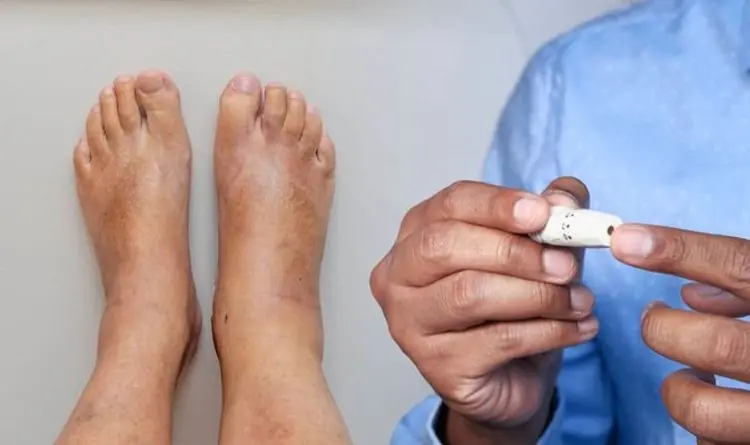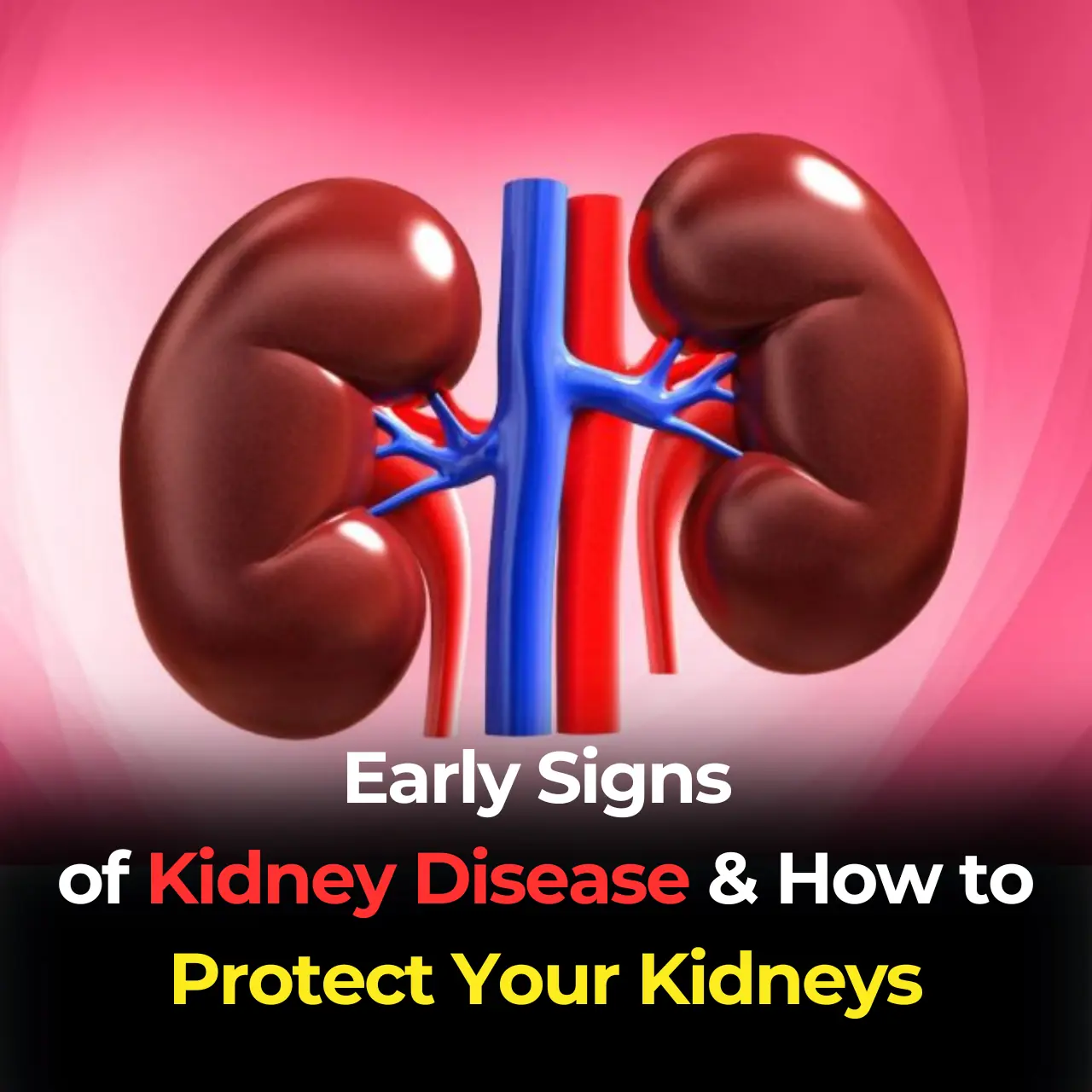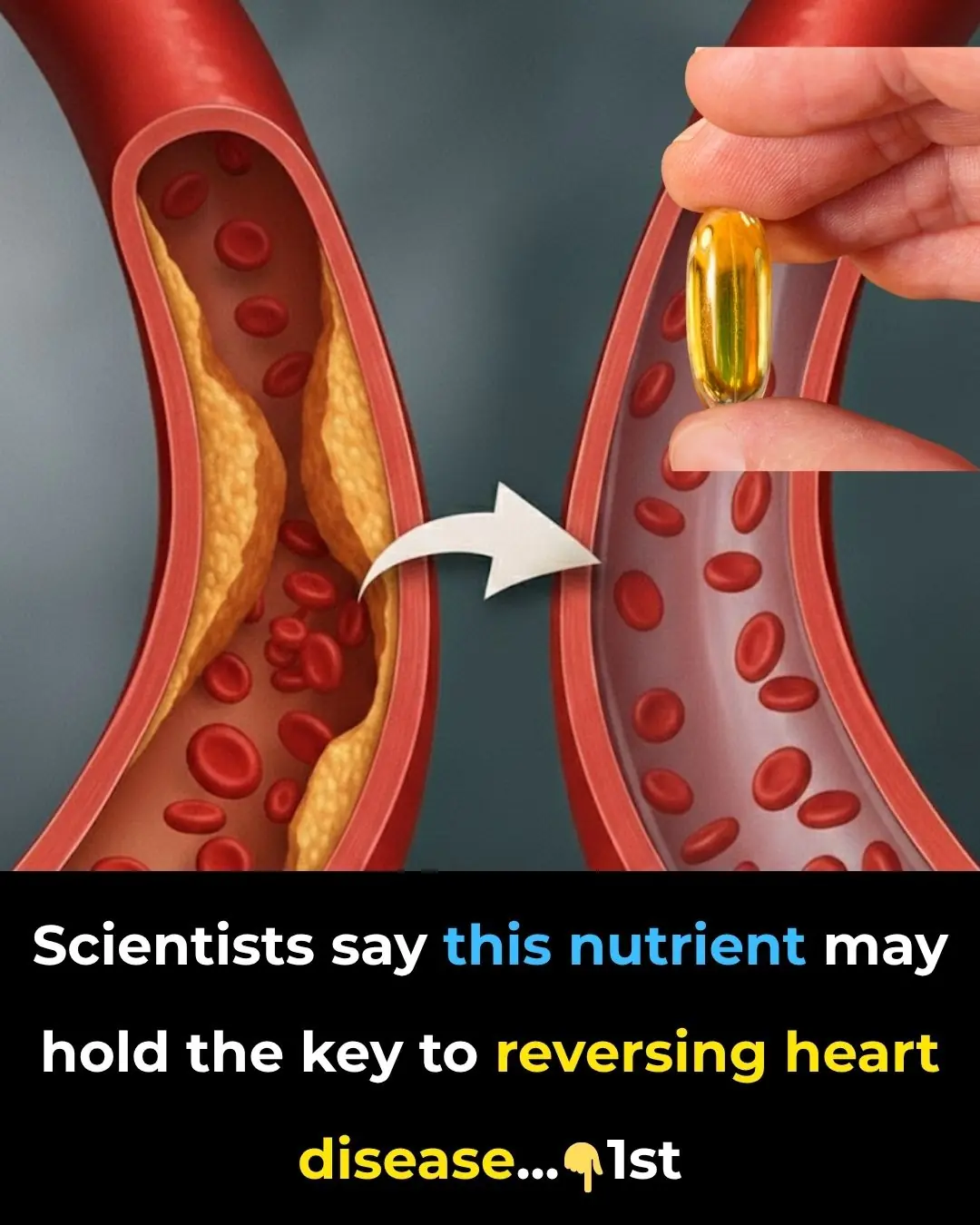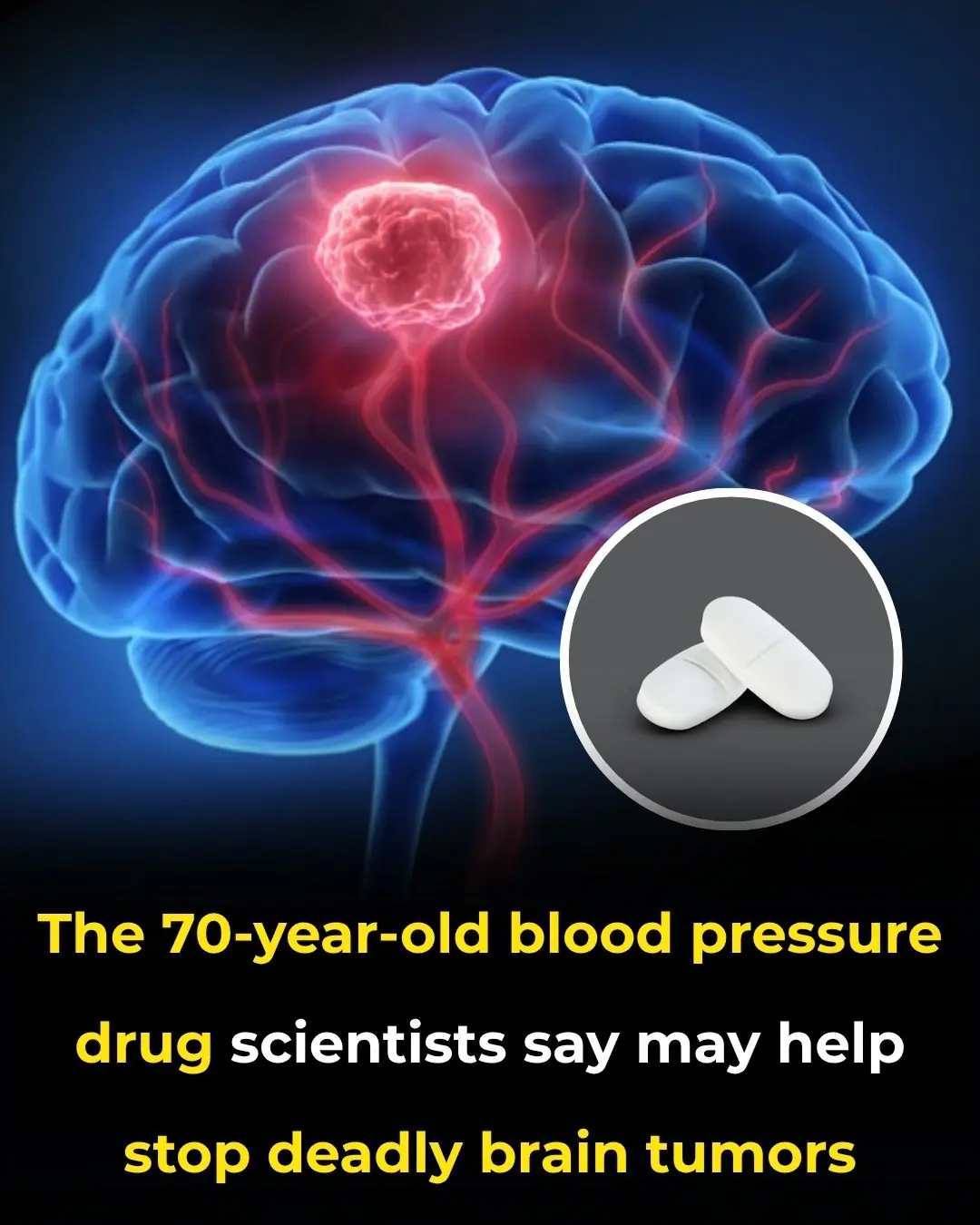
What are the symptoms of diabetes?
Diabetes is a long-term condition that affects the way your body uses sugar (glucose), its main source of energy. When diabetes is not well controlled, sugar builds up in the blood instead of entering the cells, and over time this can damage many organs. One of the most important steps in protecting your health is recognizing the early symptoms. Many people live with diabetes for years without realizing it, because the signs may at first seem mild or easy to ignore.
One of the most common symptoms is frequent urination, especially at night. When there is too much sugar in the blood, the kidneys try to remove the excess by filtering it out into the urine. This pulls more water with it, so you need to go to the bathroom more often. As a result, you may also feel excessively thirsty. Even if you drink a lot of water, the thirst can return quickly because the body is still trying to get rid of the extra sugar.
Another typical sign is increased hunger. Because the glucose is not getting into your cells efficiently, your body acts as if it is not being fed, even when you are eating normal amounts of food. This can lead to eating more than usual while still feeling unsatisfied. At the same time, many people experience unexplained weight loss, especially in type 1 diabetes. When the body cannot use sugar properly, it starts to break down fat and muscle for energy, which causes weight to drop without trying.
Fatigue is also a very common symptom. When cells do not receive enough glucose, the body lacks the fuel it needs for daily activities. People with undiagnosed diabetes often feel unusually tired, weak, or sleepy, even after a full night’s rest. This tiredness can affect concentration, work performance, and mood.
Diabetes can also affect the eyes. High blood sugar changes the fluid balance in the lenses of the eyes, which can cause blurred vision. At first, the blurriness may come and go and might be blamed on ageing or tiredness. But if diabetes is not treated, damage to the tiny blood vessels in the eyes can become permanent and may lead to serious eye disease over time.
The skin and circulation often show warning signs too. Many people with diabetes notice that cuts and wounds heal slowly. High blood sugar can damage blood vessels and reduce blood flow, making it harder for oxygen and nutrients to reach damaged tissues. At the same time, the immune system may not work as effectively, which increases the risk of frequent infections, such as skin infections, gum disease, or repeated vaginal or urinary infections.
Another group of symptoms involves the nerves. Some people develop tingling, burning, or numbness in their hands and feet, a condition known as peripheral neuropathy. This happens because long-term high blood sugar can damage the nerves, especially in the extremities. At first the sensations may be mild, but if the problem is not treated, nerve damage can become painful and permanent.
Not everyone experiences all of these symptoms, and in type 2 diabetes the signs can develop slowly over many years. Some people have no noticeable symptoms at all and only discover the condition during a routine blood test. That is why regular check-ups are so important, especially if you have risk factors such as being overweight, having a family history of diabetes, high blood pressure, or a sedentary lifestyle.
In summary, symptoms of diabetes can include frequent urination, extreme thirst, increased hunger, unexplained weight loss, fatigue, blurred vision, slow-healing wounds, frequent infections, and tingling or numbness in the hands and feet. If you or someone you know has several of these symptoms, it is important to see a healthcare professional for testing. Early diagnosis and proper management can help prevent serious complications and allow people with diabetes to live healthy, active lives.
News in the same category


5 Herbs Your Liver Wished You’d Start Eating More Often (Or At Least Try!)

Top 10 foods that unclog arteries naturally and prevent heart attack

Top 10 Uric Acid Foods To Avoid If You Have Gout

The natural ingredient that helps you sleep through the night and boosts fat burning

Cancer Dies When You Start Eating These 8 Foods. Time To Start Eating Them

Your Feet Are A ‘Blood Sugar Meter’ – Beware Of Diabetes If You Frequently Experience These 12 Symptoms

Shoulder Pain from Sleeping: Causes, Solutions and More

6 Trigger Foods That Cause Agonizing Pain If You Have Neuropathy

Early Signs of Kidney Disease & How to Protect Your Kidneys

A Gentle Drink for Circulation, Balance, and Heart Wellness

5 Herbs Your Liver Wished You’d Start Eating More Often (Or At Least Try!)

This one vitamin could help stop you from waking up to pee every night

Scientists say this nutrient may hold the key to reversing heart disease

Health problems that improve with vitamin B12 (and how to use it)

The 70-year-old blood pressure drug scientists say may help stop deadly brain tumors

These 4 common prescription drugs may be silently damaging your nerves

The #1 fastest way to reverse liver and kidney damage

The protein sources that build your body vs. the ones that waste your money
News Post

8 Natural Ways to “Cleanse” Your Lungs: Affordable Yet Highly Effective

How to Easily Unclog a Blocked Drain Without Calling a Plumber

Hang this bunch of leaves on your window, and no matter how many mosquitoes there are, they’ll all disappear: effective and completely safe

5 Items You Should Never Buy at the Supermarket — Especially When They're on Sale

‘Simon Sent Them’: Porsha Williams’ Meltdown on Flight Lands Her on FBI Radar as Fans Point to Ex Simon Guobadia After He Fires Off Cryptic Post

How to Choose the Best Apple: Crisp, Sweet, and Nutritious

Top 3 Foods to Prevent Leg Cramps in Seniors: Strengthen Your Legs Naturally!

A 52-Year-Old Man Died From Diabetes: Doctors Warn These 4 Breakfast Habits Should Be Eliminated Immediately

5 Herbs Your Liver Wished You’d Start Eating More Often (Or At Least Try!)

Top 10 foods that unclog arteries naturally and prevent heart attack

‘Should Know Better’: Young Louisiana Boy Stands Up to White Man Who Called Him a Slur in a Wild Caught-on-Camera Exchange

Top 10 Uric Acid Foods To Avoid If You Have Gout

4 Super Easy and Fast Ways to Grow Green Onions Without Soil or Pots

‘I Was Drugged… I Was Violated’: Cardi B’s New Babby Daddy and NFL Star Stefon Diggs Is Fighting Back Against Hideous Allegations By Influencer Chris Blake Griffith

Kim Kardashian and Britney Spears cozy up in bed during fun-filled sleepover with Khloé

Jets cornerback Kris Boyd in critical condition after NYC shooting

Priceless: Watch This Toddler With Hydrocephalus Take His First Steps

Katie Price reignites war of words over daughter Princess as she urges teen to tell ‘the truth’

Meet the Black Creatives Behind Tāst Coffee, D.C.’s Bold New Force in Specialty Coffee
